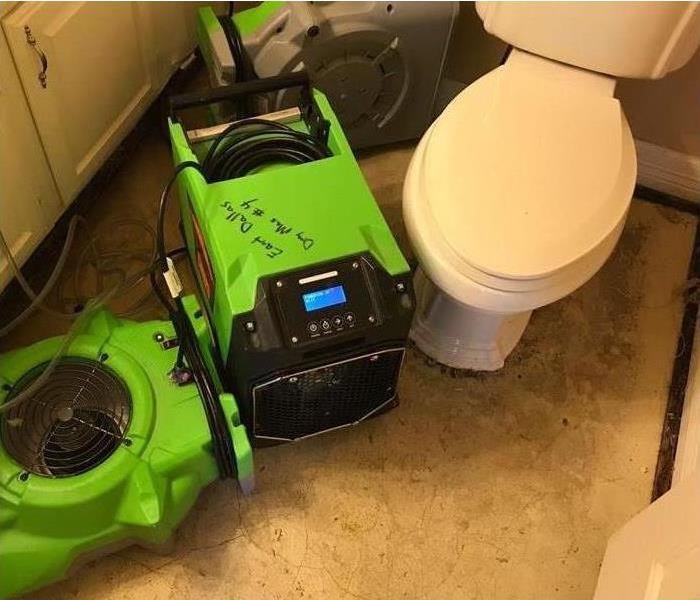Smoke Damage & What it Does To Your Floors
12/27/2023 (Permalink)
Smoke damage can have a significant impact on various surfaces in your home, including floors. The severity of the damage depends on factors such as the type of fire, the materials burned, and the duration of exposure to smoke. Here's how smoke damage can affect different types of flooring:
Carpeting:
- Odor Absorption: Carpets are highly absorbent and can trap smoke odors, making it challenging to eliminate the smell. The fibers can retain particles from the smoke, contributing to a persistent and unpleasant odor.
- Staining: Smoke contains various particles, including soot and tar, which can stain carpets. Light-colored carpets are particularly susceptible to visible discoloration.
Hardwood Floors:
- Residue and Staining: Smoke residue can settle on the surface of hardwood floors, leaving behind a sticky film. This residue can lead to staining, discoloration, and a dull appearance.
- Odor Absorption: Like carpets, wood can absorb smoke odors, making it difficult to eliminate the smell without proper cleaning and restoration.
Tile and Vinyl Flooring:
- Residue and Discoloration: Similar to hardwood floors, smoke residue can adhere to the surface of tile and vinyl flooring, resulting in discoloration and a grimy appearance.
- Odor Retention: While these types of flooring are less porous than carpets, they can still absorb odors to some extent, especially if the smoke damage is severe.
Laminate Flooring:
- Warping and Buckling: Laminate flooring is particularly vulnerable to water damage, and the moisture content in smoke can lead to warping and buckling of laminate planks.
- Odor Retention: Laminate surfaces can retain smoke odors, requiring thorough cleaning and deodorizing to eliminate the smell.
Concrete Floors:
- Absorption of Odors: While concrete is less porous than many other flooring materials, it can absorb and retain smoke odors. Cleaning and sealing the concrete may be necessary to mitigate odor issues.
Preventing and Addressing Smoke Damage:
- Prompt Cleaning: It's crucial to clean and ventilate the affected area as soon as possible to minimize the extent of smoke damage.
- Professional Restoration: In cases of severe smoke damage, especially after a fire, it's advisable to seek professional restoration services. Professionals have the expertise and equipment to thoroughly clean and restore various surfaces.
- Odor Removal: Specialized cleaning agents and deodorizing treatments may be necessary to eliminate smoke odors. In some cases, professional ozone treatment or thermal fogging may be employed.
In summary, smoke damage can affect floors by leaving behind residue, causing staining, and imparting persistent odors. Prompt and thorough cleaning, along with professional restoration assistance, is essential to mitigate the impact of smoke damage on your floors and restore your home to a safe and habitable condition.






 24/7 Emergency Service
24/7 Emergency Service
